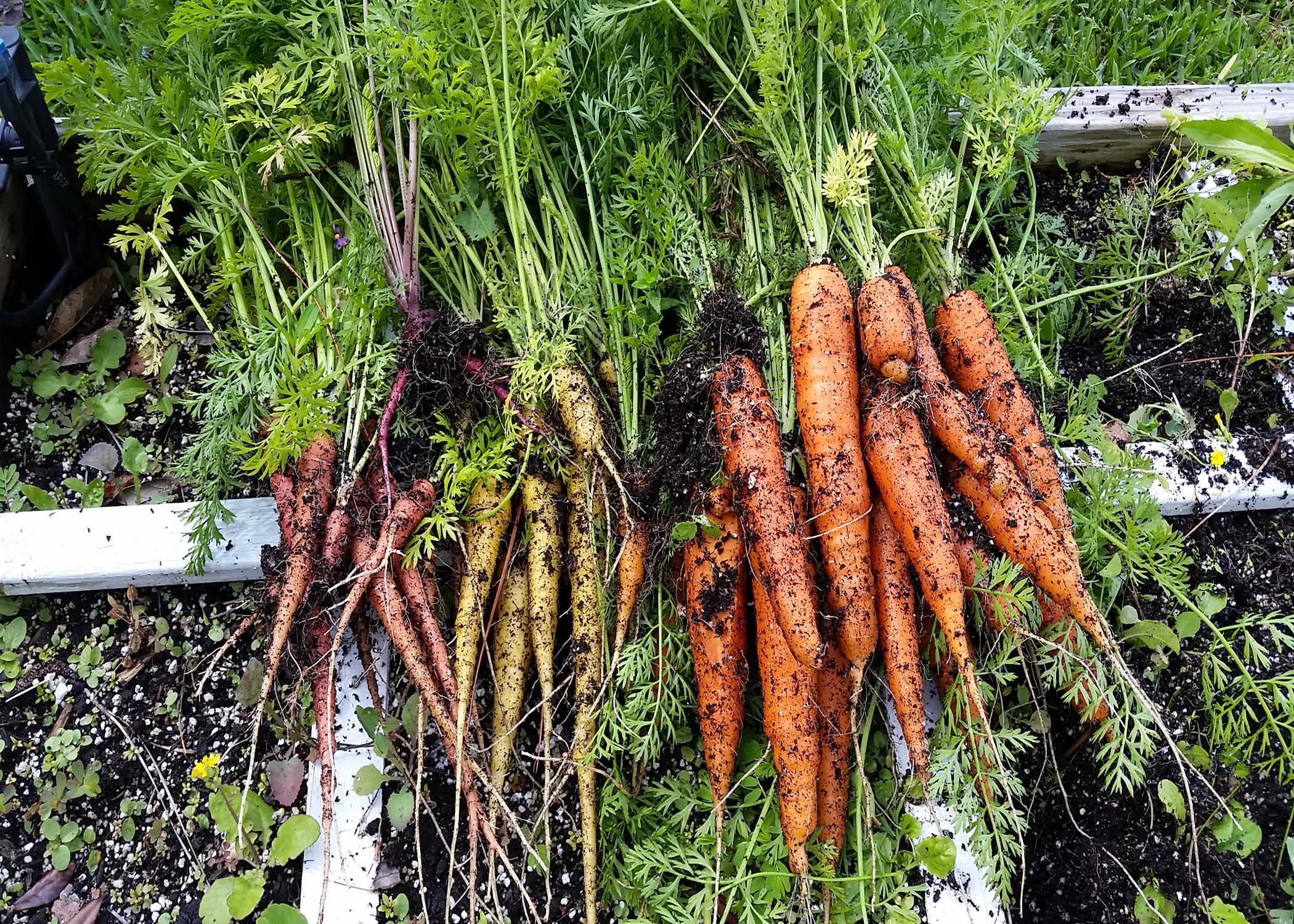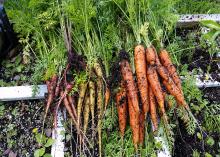Information Possibly Outdated
The information presented on this page was originally released on July 25, 2022. It may not be outdated, but please search our site for more current information. If you plan to quote or reference this information in a publication, please check with the Extension specialist or author before proceeding.
Plan, start planting fall gardens in July
Simply walking out the front door each day, we’re reminded that it is a blistering hot summer season. But believe it or not, now is the time to start planning and getting ready for the fall vegetable garden.
We’re only 36 days from the meteorological start of the fall gardening season.
The benefit of growing fall vegetables is that you can keep your home garden productive much of the year. It extends your harvest of fresh, homegrown, cool-season produce well into the fall and maybe even into winter.
The secret to successfully growing fall vegetables, like many things, is all about timing.
To determine when you should plant, count backward from the average date of the first annual hard frost. In Mississippi, there are big differences when this can arrive in coastal and northern counties.
Many cool-season veggies can be direct seeded, though I like to start the plants in smaller pots and transplant them. Either way, the process is the same.
You need to know the number of days to harvest, information that is usually found on the seed packet. Count backwards from the frost date and add 10 days, as the plants will grow a little slower in the fall. This tells you when you should plant in your region.
Fall is a great time to grow vegetable “sprinters,” or crops that can go from seed to plate in under 30 days.
Cool-season greens like arugula, mustard and turnip and my favorites. Cincinnati Market radishes are quick and easy. Another must-have in my fall garden is any variety of kale.
Other fall vegetables like broccoli, cauliflower, Swiss chard and collards need a little more time to be ready to eat. Even though it’s really hot now, it is time to sow these seeds in order to have harvest-ready plants in October.
But not every fall crop needs to be a cool-season vegetable.
Spring-planted okra can be pretty big right now and may be overwhelming you with pods. These big okra plants can be pruned back. When I learned this, I took my limb loppers and cut 7-foot-tall okra plants halfway down the stem. In short order, the new shoots popped out and started producing again.
A trick I learned a couple of years ago, and which I think this is a better choice, is to sow okra seeds in mid-July. This is perfect weather okra-growing weather, and these plants will produce well into October.
So the take-home point for today is that even though it’s hot in the garden right now, start planting your fall vegetables. When it’s time to harvest them, the temperatures will have dropped, and you’ll still be growing and enjoying fresh veggies.



